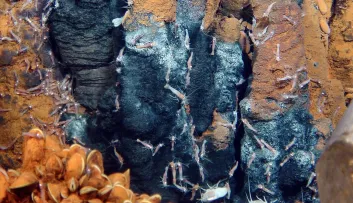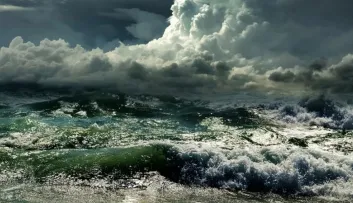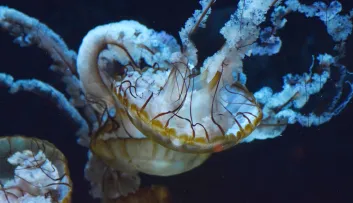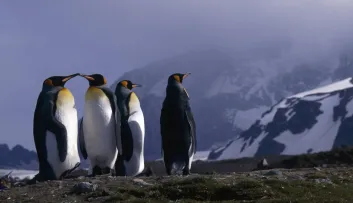Abyss 5mn
The Mariana Trench, an adventure 11,000 metres under the sea
Discover the deepest place on the planet!
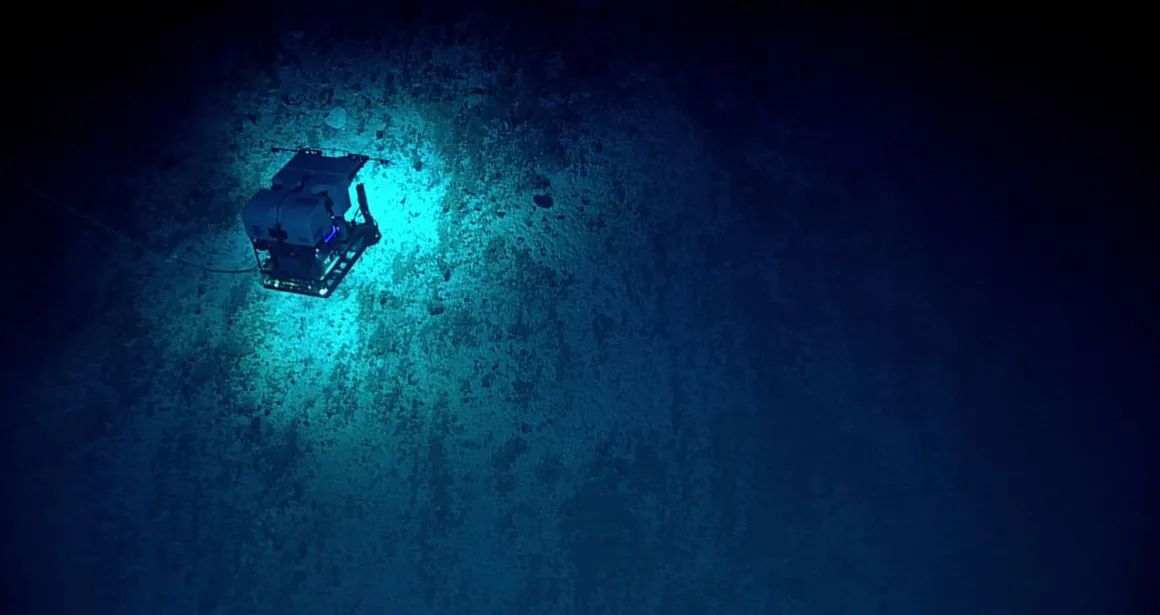
There have been nearly 30 diving expeditions into the Mariana Trench since the first one in 1960, and scientists and explorers have been able to confirm that life exists even at these great depths!
We’re off to discover the deepest point on the planet!
In January 1960, 9 years before the first man on the Moon, the Swiss Jacques Piccard and the American Don Walsh reached the bottom of the Challenger Trench, the deepest point on Earth, aboard the Trieste at 10,916 m.
And what a surprise! The two explorers saw shrimps and an as-yet-unknown flatfish. So marine life can exist at a depth where the pressure is a thousand times greater than it is at sea level.
The Mariana Trench, like a journey to the centre of the Earth
This ocean trench was discovered in 1875 during the first ocean campaign aboard the Royal Navy’s HMS Challenger, which was tasked with mapping the seabed. In those days, measurements were taken using ropes!
The Mariana Trench lies in the north-western Pacific, in an area where the Pacific tectonic plate runs beneath the Philippine plate.
This ocean trench is the deepest place on the planet. The Mariana Trench has been measured several times using echo sounders, probes, ROVs and bathymetric echo sounders, with results ranging between 10,900 and 11,034 metres deep. In 2014, the maximum recorded depth was 10,984 m ± 25 m.
Everest, the highest mountain in the world at 8,849 m, would easily fit inside it.
Nearly 30 diving expeditions to the bottom of the oceans!
Moon – 12 / Mariana Trench – 27
We know more about the surface of the Moon than we do about mapping the deep seabed, but up to now, in 2024, some thirty people have dived to the depths of the ocean, whereas 12 astronauts, all of them American, have walked on the Moon.
It was not until 2012 that a second diving expedition was undertaken to the bottom of the Mariana Trench. James Cameron, the American director of the films Titanic and The Abyss then went down alone aboard the Deepsea Challenger to explore it, reaching a depth of 10,898 metres.
As for the American explorer Victor Vescovo, he went down to 10,928 m in 2019 and made a record 14 dives into the trench! And while he was able to marvel at this lunar-like underwater landscape and discover new species, he also spotted some plastic waste. Hamish Harding, who recently died in the implosion of The Titan submersible, held the record for the longest dive (4 hours and 25 minutes) and crossing (4.6 km) in 2021.
Kathryn Sullivan was the first woman to reach the Mariana Trench during a diving expedition in 2020 with Victor Vescovo. What’s so special about this American woman? She was also the first American woman to go into space, in 1984!
Why dive so far down?
Beyond the “deep-sea adventure” factor that diving in these waters represents, deep-sea diving expeditions also have scientific objectives.
In 2020, two Chinese men and a woman scientist went down to 10,909 m aboard the Fendouzhe with the aim of bringing back samples and mapping the bottom of the trench. These exploration missions are also an opportunity to learn more about the species and their distribution at these depths.
In 1960, the discovery of marine life at such depths even led to the abandonment of the idea of using the trench as a nuclear waste dump!
Plastic pollution reaches the deep seas
A study published in 2018, “Human footprint in the abyss: 30 year records of deep-sea plastic debris” reported the widespread presence of plastic even at depths in excess of 6,000 metres. And 92% of this plastic waste comes from disposable products.
This study is based on a database of photographs and videos of debris collected since 1983 during 5010 diving expeditions. A total of 3,425 pieces of debris of human origin have been identified.
The depth record was set by a plastic bag at a depth of 10,898 m in the Mariana Trench.
Preserving the deep seas
The deep seabed is home to resources that are arousing increasing interest and ambitions on the part of states and private companies.
Mining for minerals on the high seas is the focus of discussions between countries in connection with the energy transition, but this activity would entail major risks for these vulnerable and ecologically essential environments.
We must join forces to protect the deep seabed!
Nausicaá endorses France’s position against deep-sea mining and will use every means at its disposal to raise awareness and mobilise as many people as possible in support of a moratorium.
